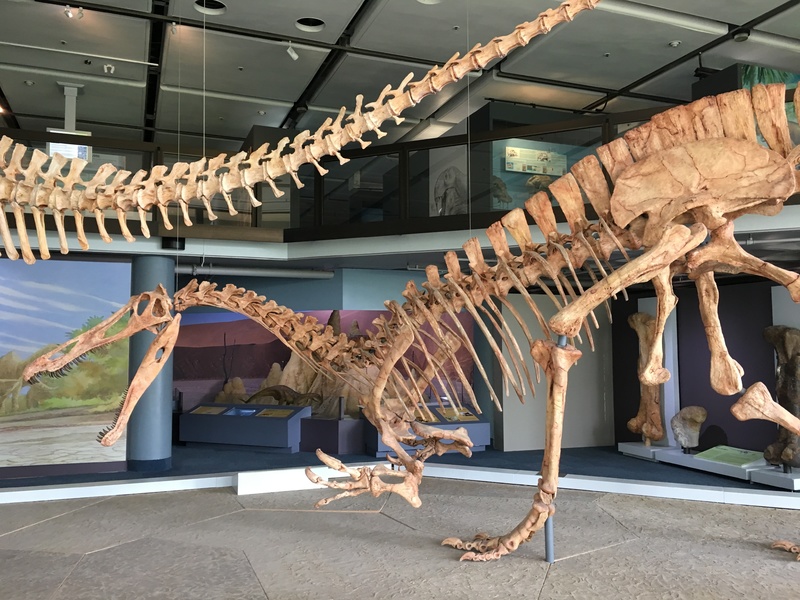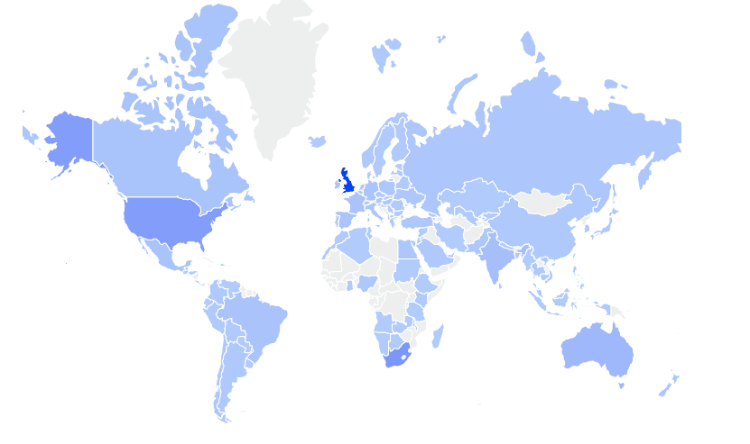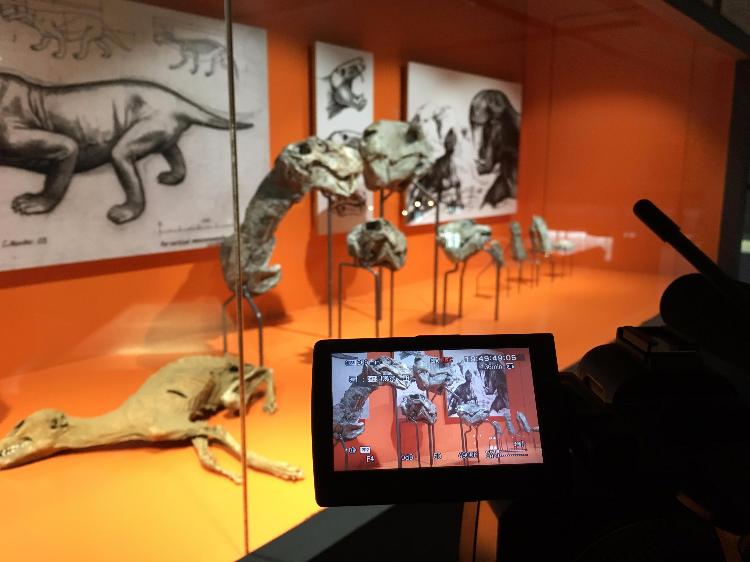Life on Earth in five weeks
20 June 2017 | Story Supplied. Photos Kristi Edwardes.
In March this year UCT launched its eighth massive open online course (MOOC): Extinctions: Past and Present with Professor Anusuya Chinsamy-Turan, a palaeobiologist in the Department of Biological Sciences.
Since its launch in March, over 3 300 participants from 120 countries around the world have signed up for the MOOC, with the largest number of participants coming from the UK and South Africa, followed by the USA, Australia, India, Mexico, Canada and Brazil.

Professor Chinsamy-Turan is an A-rated researcher who, besides all her academic work that places her at the forefront of her field, is committed to promoting and stimulating an interest in science.
Extinctions: Past and Present takes participants on a journey through the past five mass extinctions that shaped the Earth’s biodiversity and then begins to look at a possible human-driven sixth mass extinction. Over the five weeks Professor Chinsamy-Turan features discussions with several other scientists (including A-rated UCT researchers such as professors William Bond, Ed Rybicki and Peter Ryan), about how their research informs us about past/present biodiversity.
Participants range from teachers and grandparents to students and school learners, which is an indication of the accessibility of the course material.
Aviwe Matiwane, a PhD candidate in the Department of Earth Sciences (DES) at Rhodes University (based at the Albany Museum in Grahamstown, South Africa) shared her experience in an interview with the MOOC team: “The difference between reading something online and actually having the researcher or professional talk to you about it – that was brilliant … I have never taken any online courses before … and it was very simple. You just clicked online and you followed the instructions.”
Course reviews
Over the five weeks there were intense discussions on a range of topics including whether viruses are alive, what caused the different extinctions and how limbs and eyes evolved. Where discussions delved into new areas, Professor Chinsamy-Turan was on hand to offer guidance and provide links to alternative resources.
The course was so well received by participants that it has been ranked internationally as the number-two course for biology on Class Central, an online MOOC aggregator.
One participant who commented on Class Central echoed the sentiment of several others who did not want the course to end: “Life on Earth in five weeks. From green algae to humans. Absolutely brilliant course. The rise and fall of the dinosaurs. Mass extinctions. Asteroid strike. Great tutor communicates subject clearly and understandably. Great material. Did not want this course to end.”

As we watch the ice caps melting in the Arctic and freak weather conditions in South Africa and elsewhere in the world, it is clear that there is a need understand the impact we are having on the Earth – a message this course is able to convey.
Dr Rose Prevec, a palaeobotanist, curator and head of the DES at the Albany Museum, said: “I loved Anusuya’s hopeful message that we can actually do something about the changes we are seeing in this great extinction event we are currently experiencing, but we can also learn about today by looking at the fossil record and how climate has changed in the past.”
 This work is licensed under a Creative Commons Attribution-NoDerivatives 4.0 International License.
This work is licensed under a Creative Commons Attribution-NoDerivatives 4.0 International License.
Please view the republishing articles page for more information.










